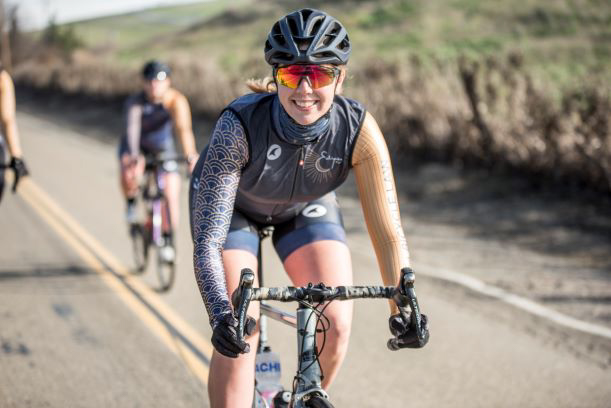Birding with Haley Nielsen & Nocs Provisions
Birding with Haley Nielsen & Nocs Provisions
Written by Haley Nielsen (@haleyontologist), Nocs Naturalist at Nocs Provisions

Photo by Pamela O Campo (@pmocampo)
Growing up, my mom always had the Audubon Field Guide to North American Birds on the hutch by the kitchen table. She would point out orioles and woodpeckers in the yard, and out at the beach we would watch the gulls and the sandpipers. Birds were always there, and I took them for granted. I imagined that around age 60 I would become “a birder”. That is, of course, once I got all my kicks in mountain biking and racing and backpacking and all the other hard physical outdoor activities. I had assumed that I wouldn’t want to waste precious outdoor time waiting for a Northern Pygmy Owl to show up.
But then I met some younger, diverse birders. I was in a job that was all about birds and protecting them and the environment they need to thrive. We had a whole slack channel devoted to these young birders. I had no idea this culture even existed. The pervasive image of an older white male with fancy tactical binoculars birdsplaining was powerful, but also very very wrong. Like birds, birders come in a wide variety! I started to listen and learn from these non-stereotypical birders and I was hooked. It’s been several years since then, and I now consider myself an avid birder! And it turns out, those old guys can be great, too.
Birds are for everyone, and you don’t have to hunt for rare and ‘special’ species to be a birder. You don’t need a ton of fancy gear. A pair of binoculars and some curiosity are all it takes. And here in the Bay Area, you can truly start in your backyard!
HOW TO GET STARTED BIRDING
While you can spend a fortune on military grade tactical spotting binos, or on a pair of Swarovski crystal binoculars (yes, this is a real thing), in reality, you just need something functional and that you will be excited to use. Nocs Provisions makes a great pair of do it all, waterproof binoculars that are as easy on your wallet as they are on your eyes. And you can even use your phone to snap a photo through your binoculars. Like a 400mm lens, with the crisp detail of analog zoom.
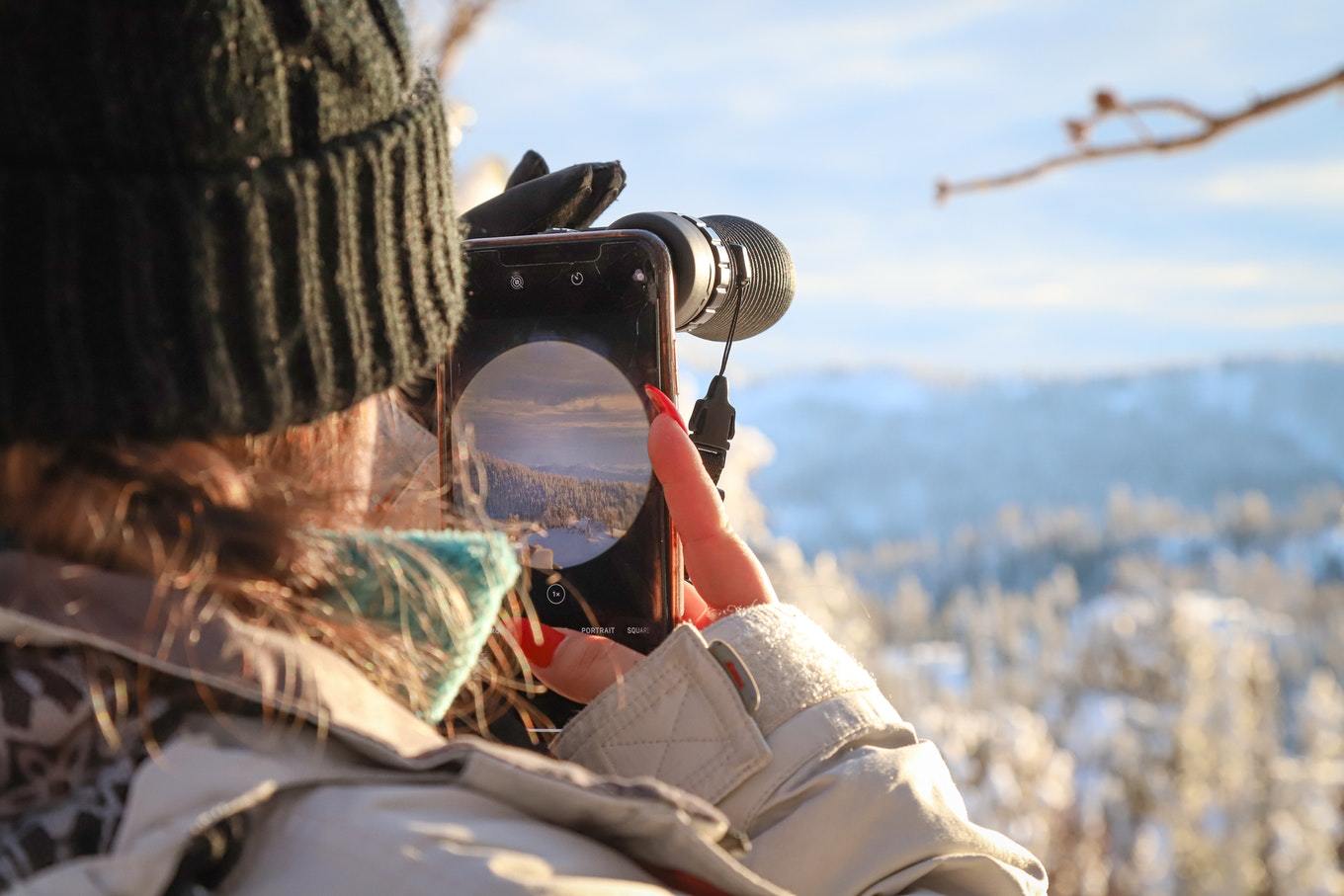
Next, you’ll need a field guide so you can start annoying, uh I mean, educating your friends on bike rides and hikes pointing out the spotted towhees and song sparrows. If you’re an analog paper lover like me, Sibley’s guides are bar none. But if you’re also like me and don’t want to lug around a tome while you’re out, Cornell Lab of Ornithology has a great app called Merlin. It’s super helpful, especially as you’re learning important things to look at to identify birds, like size, color, beak shape, and behavior.
That’s all you really need, but if you catch the bug like I did and want to take it a step further, check out the offerings of our local Audubon chapters. I took “Beginning Birding” with Golden Gate Audubon and I can’t recommend it more!
...NOW WHAT? WHERE DO I BIRD?
The Bay Area is an amazing place to bird. It is part of the Pacific Flyway, a north-south migration “highway” spanning from Patagonia all the way up to Alaska. In the winter, waterbirds and shorebirds come in great numbers to feed and rest up before heading north for the summer to breed. In the Spring, resident songbirds start singing their little heads off, and birders get excited for the neotropical migrants visiting from the south. Spring is a great time to get into birding, the birds are louder (for better or worse!) making it easier to spot them. The best place to start birding is your own backyard!
YARD BIRDS
At the start of shelter in place last year, I started a backyard bird list. I would sit in my yard for about 20 min each morning, journaling and listing the birds I heard and saw. I got very familiar with my residents! It’s been a great meditative, grounding, and fun exercise to start my days. Some common birds you might see in your yard are house finches, pine siskin, white crowned sparrows, golden crown sparrows, dark eyed juncos, scrub jays, Anna's hummingbirds, chickadees, American robins, and mourning doves.
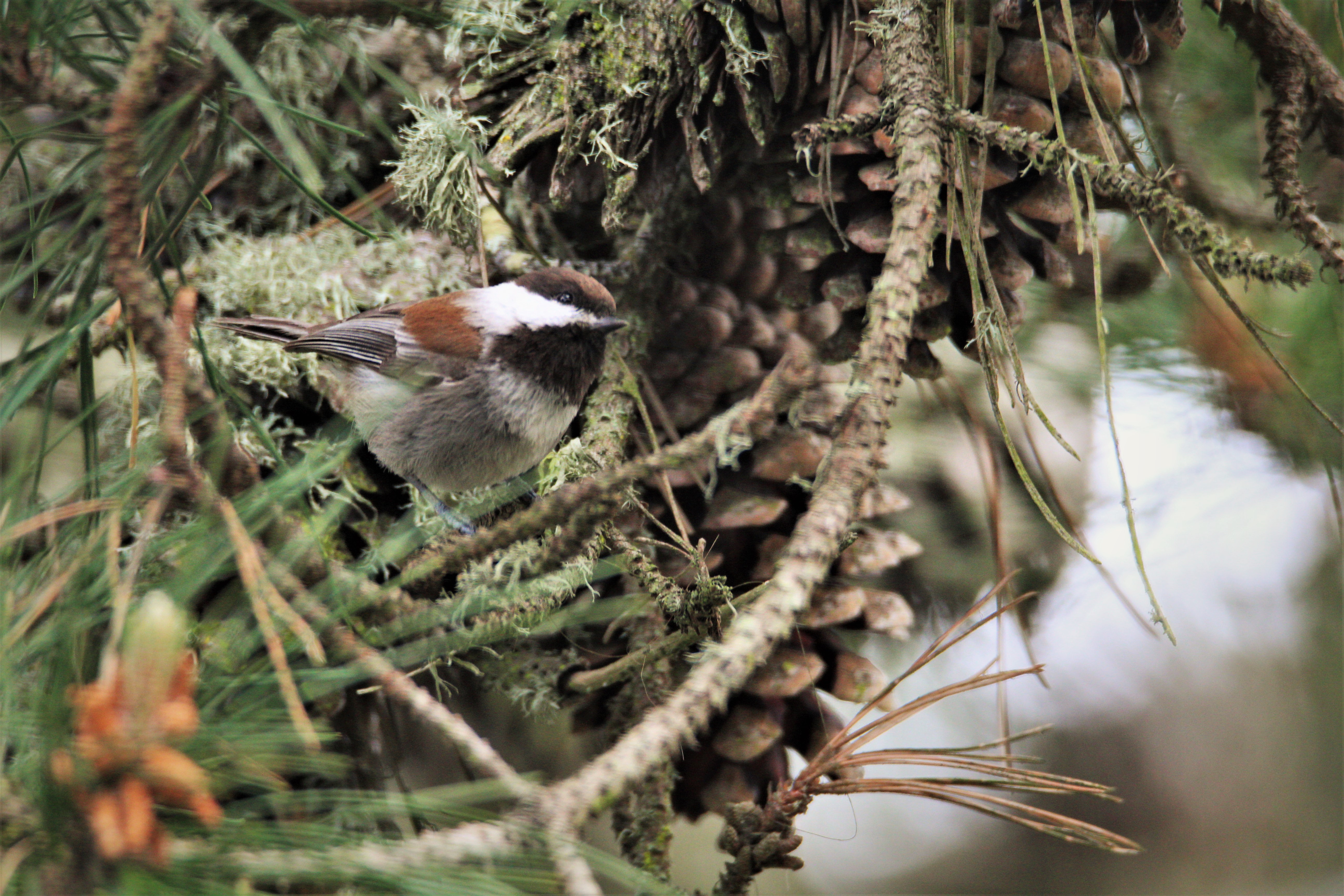
This winter I was surprised two evenings by a large flock of cedar waxwings who decided to stop in my neighbors tall pine tree for the night. I marked the date, and will keep an eye out for them next year!
GOLDEN GATE PARK
Golden Gate Park is a birding gem! Nearly 200 species have been spotted here. My favorite spot is Stow Lake. You can consistently see ducks of many varieties, including a hooded merganser who has been hanging out there often. Great Blue Herons are abundant, and even roost in the trees on the southeast island of the lake. Strawberry Hill in the center of the lake is home to many hummingbirds, including the bright orange Allen’s hummingbirds that are seriously cute. Before you see them, you might hear the cackle of beautiful blue black Stellar’s jays. You’ll also find many varieties of swallows, woodpeckers, and nuthatches. No matter what time of year you visit, there are always exciting birds to spot. You might even be lucky enough to see a pair of Canada geese with their goslings in tow in springtime!
BERKELEY MARINA/CESAR CHAVEZ PARK
In winter through early spring, the waters around the marina and park are absolutely full of waterbirds of all types. It’s also a great time to see huge numbers of shorebirds, including American avocets, whimbrels, willets, dowitchers, least and western sandpipers, and long billed curlews.
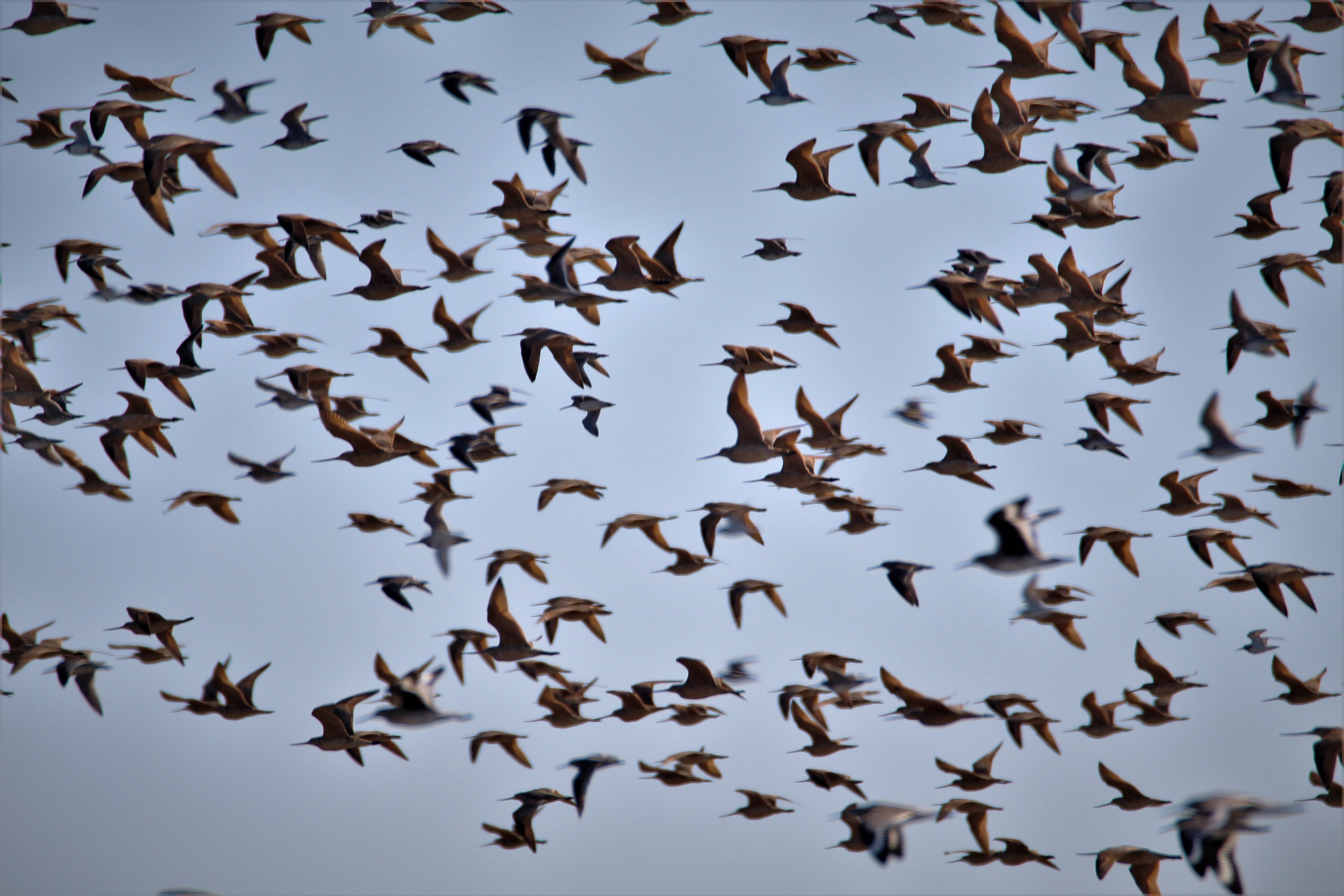
Shorebirds tend to gather here on their way up north, and now is a great time to see them congregating before they make their journey. More shorebirds can be found year round as well. My favorites are the flocks of black turnstones that blend in so well on the rocky southside of the park. Often, you can catch a glimpse of black oystercatchers here. Look for their almost neon orange eyes and beaks!
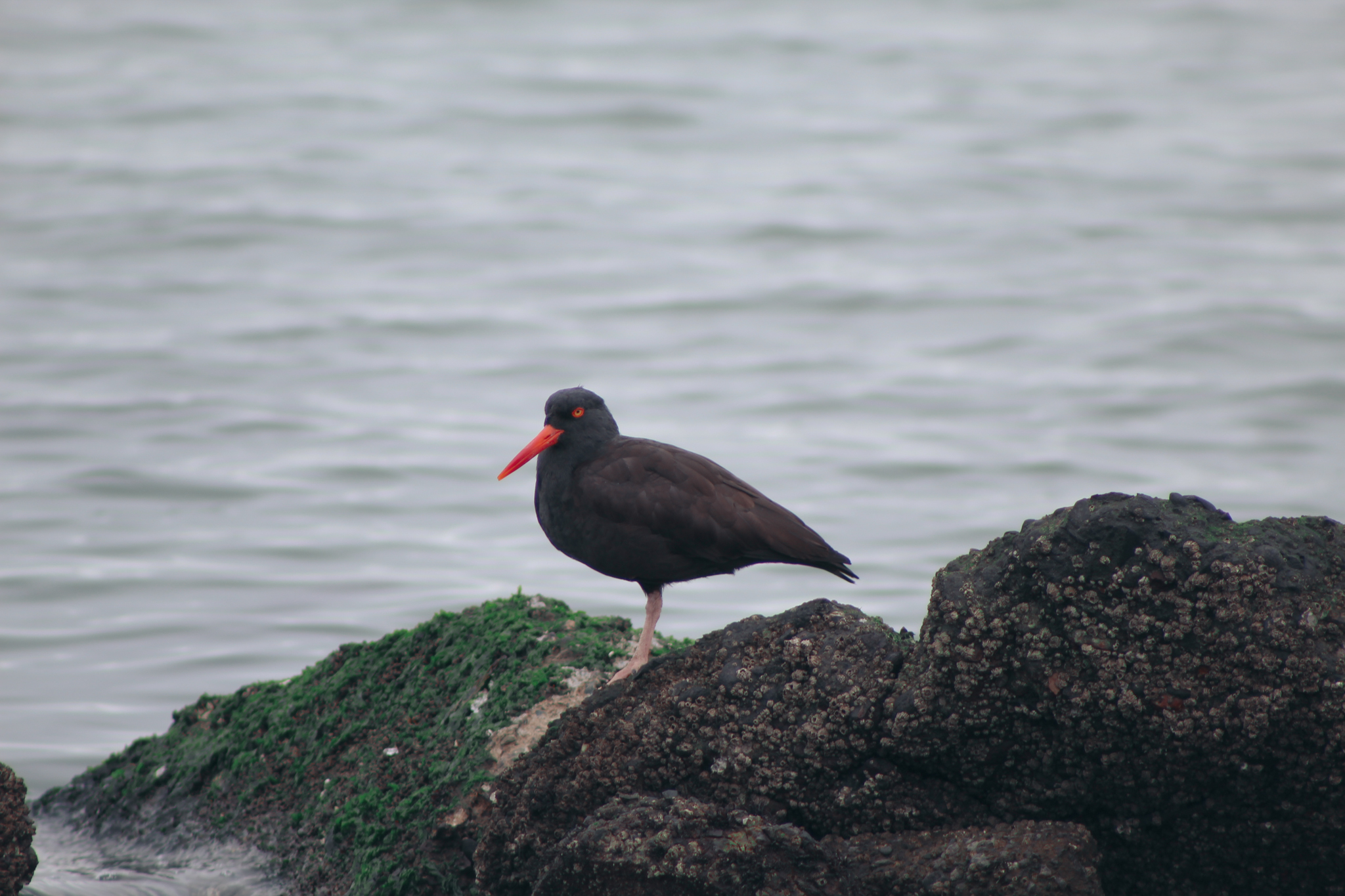
Raptors, like red tailed and red shouldered hawks, often fly above the grasslands along the park where abundant ground squirrels are prey. These squirrels also offer great habitat for burrowing owls, who takeover the holes the squirrels dig. It’s also no secret that there is a nesting barn owl couple in the park, but given the sensitivity of owls, I won’t tell you where to find them.
COYOTE HILLS
This park is a gem for East Bay and South Bay folks, close to BART and plenty of access. Biking routes also go directly through the park, so it’s a perfect spot to bike ‘n’ bird. This place is big, so be ready to spend some time here, or make it a regular exploration spot!
In the winter, ducks and coots are literally spilling out of the wetlands. Year round, the tall cattails are home to marsh wrens, bitterns, soras, and rails. Head out into the open grass and you’ll likely see western meadowlarks and all kinds of raptors flying overhead. It seems like every time I’m there I see the grey ghost (male Northern Harrier) swooping over the marshes and an American kestrel high atop a bare tree, waiting for its prey.
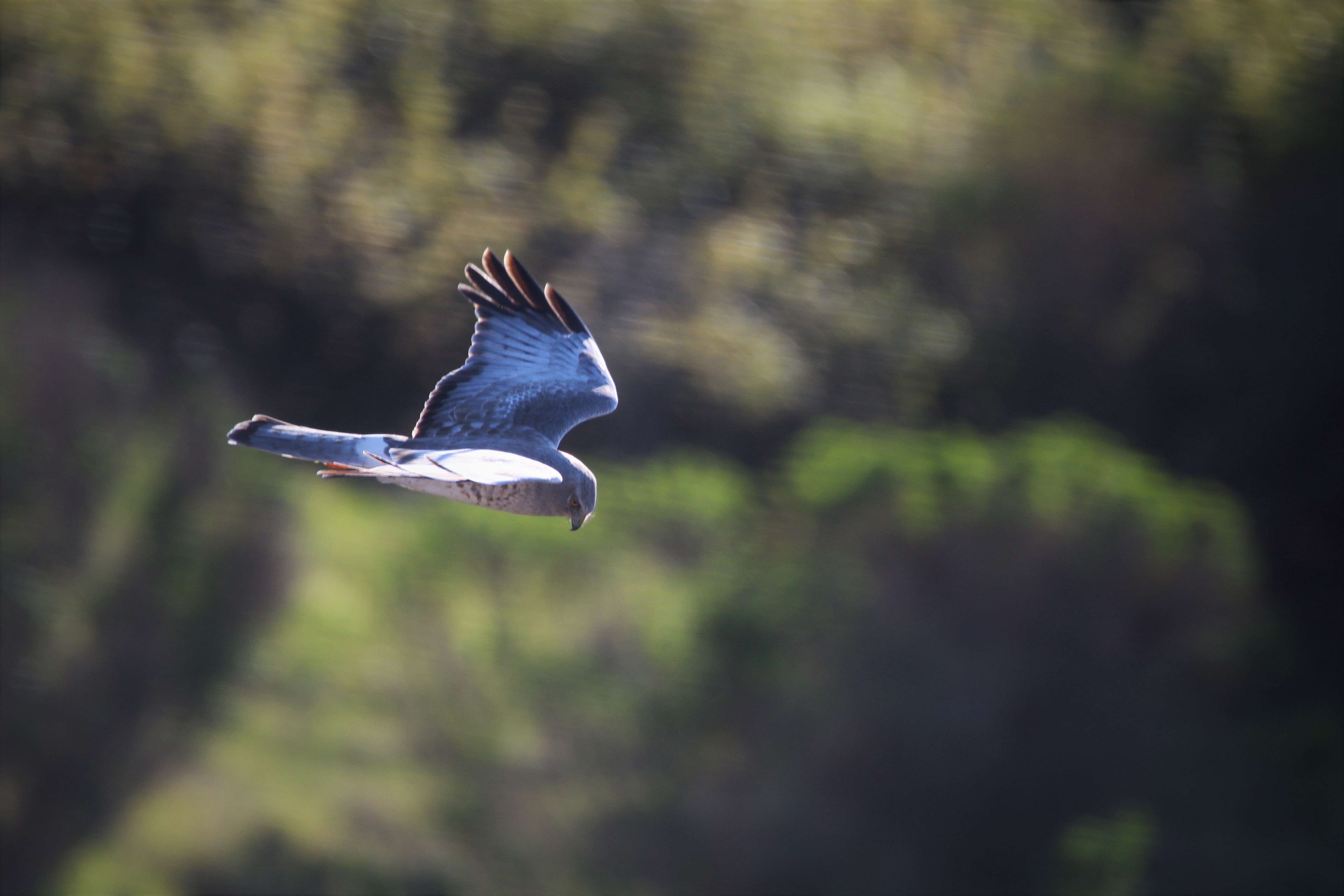
Follow the Alameda Creek trail out towards the Bay and you might find more waterfowl, scores of shorebirds, and terns flying above. If you’re lucky, you might even see Fernando, the Chilean flamingo who has made this area his home for part of the year. No one is entirely sure how he got here, whether he is an escapee from a collection or just very far off course, but he’s certainly a Coyote Hills celebrity!
LAS GALLINAS
Las Gallinas was one of the first birding outings I went on. I got out of my car in the small parking lot next to the sanitation plant and was greeted by a large and loud flock of red-winged blackbirds. Their call is iconic, and you can’t miss them! The site became an immediate favorite of mine. With so much diversity packed in a small reclamation area along the Bay, it’s easy to see why.
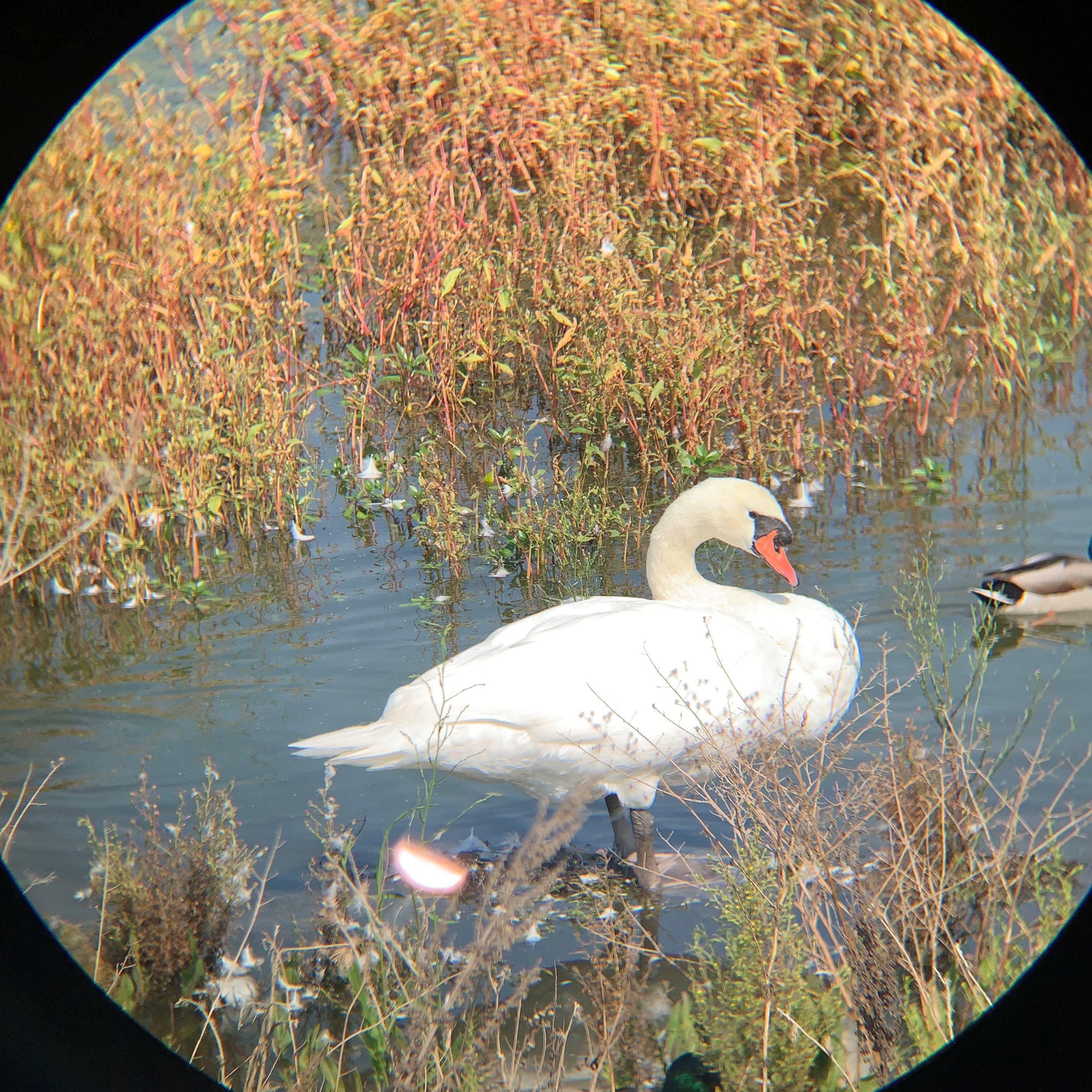
Here you might see mute swans, American white pelicans, snowy and great egrets, black crowned night herons, swallows of all varieties, white-tailed kites, grebes, black phoebes, and one of my all time favorites; belted kingfisher.
Like most birding haunts in the Bay Area, in wintertime the ponds are taken over by all varieties of ducks, including northern shovelers, northern pintails, cinnamon, green, and sometimes blue wing teal, wigeons, gadwall, canvasback, and common goldeneye. Nothing makes giggle more than the soft, beautiful, and completely dumb looking faces of our visiting waterfowl.
There is so much to explore around the Bay Area, you can’t really go wrong! Birding has transformed how I stay present and aware of my surroundings, and has deepened my connection to nature, especially close to home nature. Now, when I go on a training ride, or spend the day on my gravel bike in the Marin headlands, I am always on the lookout for my favorite birds, and it makes the experience all the more enjoyable.
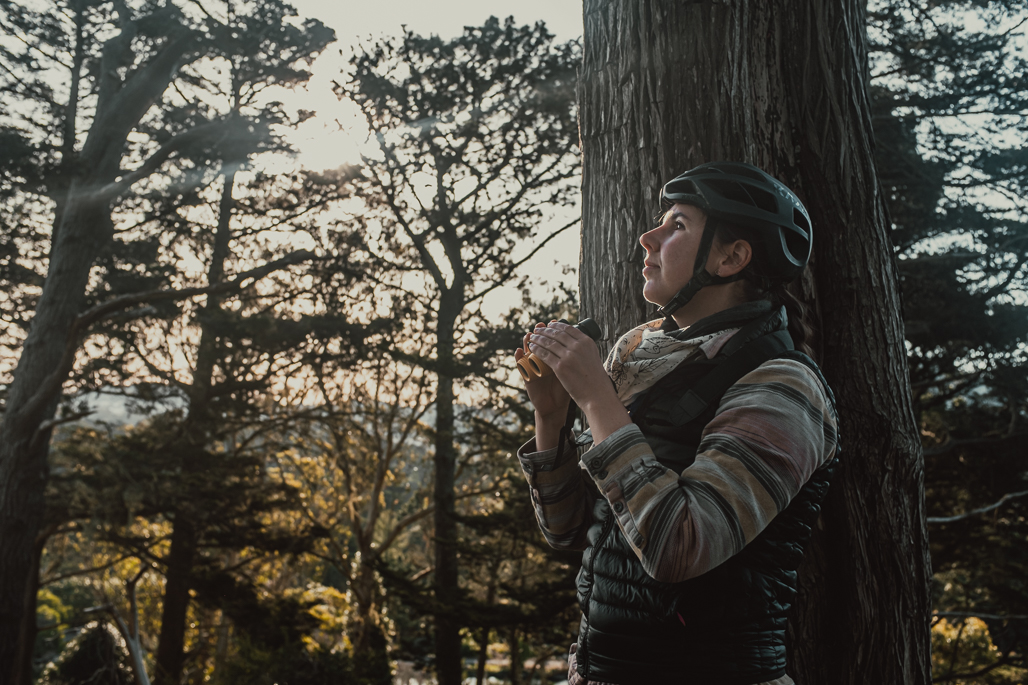
If I can, I take my Nocs with me. You never know what you might see!
ABOUT HALEY NIELSEN
Haley Nielsen has lived in the inner sunset of San Francisco for ten years. She is an avid rider and racer of all the bikes, from road, to gravel, to mountain, to the banked walls of the velodrome. She currently works for a local community nonprofit and runs a women/trans/nonbinary bike racing team called Eclipse Racing. When she’s not working or riding, she’s probably looking for cool birds.
